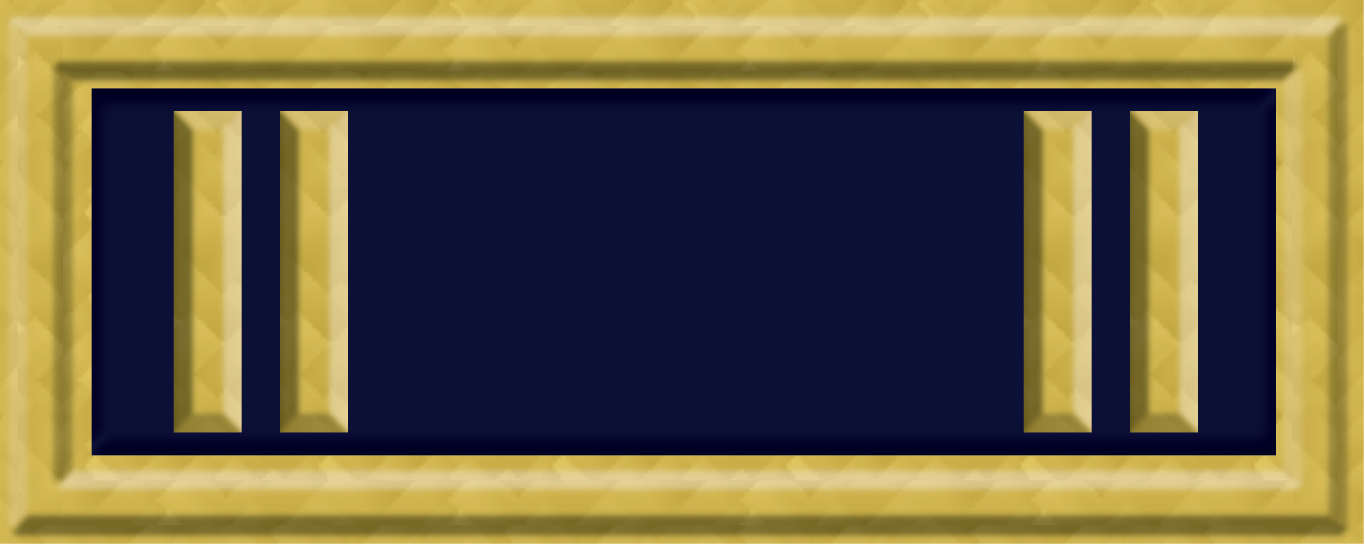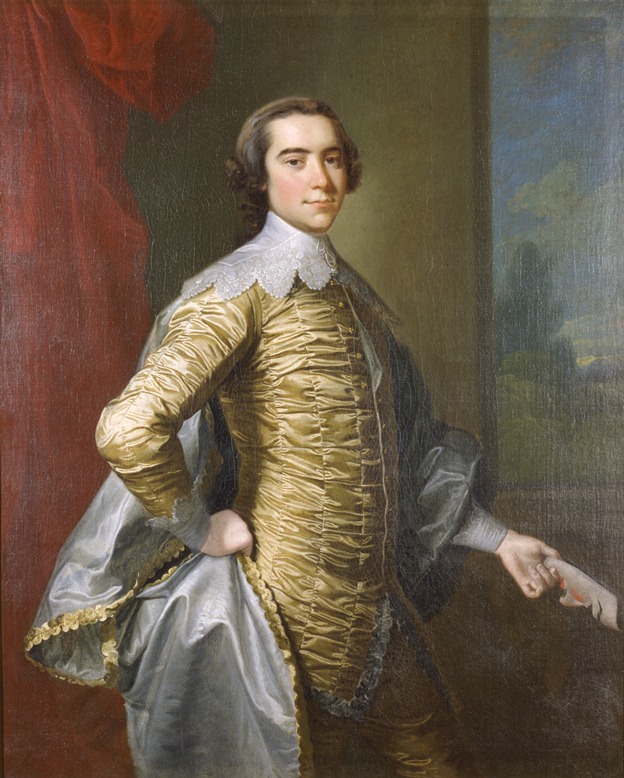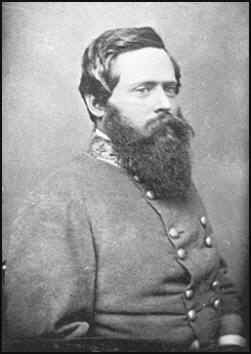|
George H. Steuart (brigadier General)
George Hume Steuart (August 24, 1828 – November 22, 1903) was a planter in Maryland and an American military officer; he served thirteen years in the United States Army before resigning his commission at the start of the American Civil War. He joined the Confederacy and rose to the rank of brigadier general in the Army of Northern Virginia. Nicknamed "Maryland" to avoid verbal confusion with Virginia cavalryman J.E.B. Stuart, Steuart unsuccessfully promoted the secession of Maryland before and during the conflict. He began the war as a captain of the 1st Maryland Infantry, CSA, and was promoted to colonel after the First Battle of Manassas. In 1862 he became brigadier general. After a brief cavalry command he was reassigned to infantry. Wounded at Cross Keys, Steuart was out of the war for almost a year while recovering from a shoulder injury. He was reassigned to Lee's army shortly before the Battle of Gettysburg. Steuart was captured at the Battle of Spotsylvania Court Hou ... [...More Info...] [...Related Items...] OR: [Wikipedia] [Google] [Baidu] |
Brigadier General (CSA)
The general officers of the Confederate States Army (CSA) were the senior military leaders of the Confederacy during the American Civil War of 1861–1865. They were often former officers from the United States Army (the regular army) prior to the Civil War, while others were given the rank based on merit or when necessity demanded. Most Confederate generals needed confirmation from the Confederate Congress, much like prospective generals in the modern U.S. armed forces. Like all of the Confederacy's military forces, these generals answered to their civilian leadership, in particular Jefferson Davis, the South's president and therefore commander-in-chief of the Army, Navy, and the Marines of the Confederate States. History Much of the design of the Confederate States Army was based on the structure and customs of the U.S. Army when the Confederate Congress established their War Department on February 21, 1861.Eicher, p. 23. The Confederate Army was composed of three parts; th ... [...More Info...] [...Related Items...] OR: [Wikipedia] [Google] [Baidu] |
Second Battle Of Winchester
The Second Battle of Winchester was fought between June 13 and June 15, 1863 in Frederick County and Winchester, Virginia as part of the Gettysburg Campaign during the American Civil War. As Confederate Lieutenant General Richard S. Ewell moved north through the Shenandoah Valley in the direction of Pennsylvania, his corps defeated the Union Army garrison commanded by Major General Robert H. Milroy, capturing Winchester and numerous Union prisoners. Background After the Battle of Brandy Station on June 9, 1863, Confederate General Robert E. Lee ordered Ewell's 19,000-man Second Corps, Army of Northern Virginia, to clear the lower Shenandoah Valley of Union opposition so that Lee's army could proceed on its invasion of Pennsylvania, shielded by the Blue Ridge Mountains from Union interference. Union General-in-chief Henry Wager Halleck expressed great concerns about the Middle Department's defensive strategy for its primary objective of protecting the Baltimore and Ohio Ra ... [...More Info...] [...Related Items...] OR: [Wikipedia] [Google] [Baidu] |
United States
The United States of America (U.S.A. or USA), commonly known as the United States (U.S. or US) or America, is a country primarily located in North America. It consists of 50 states, a federal district, five major unincorporated territories, nine Minor Outlying Islands, and 326 Indian reservations. The United States is also in free association with three Pacific Island sovereign states: the Federated States of Micronesia, the Marshall Islands, and the Republic of Palau. It is the world's third-largest country by both land and total area. It shares land borders with Canada to its north and with Mexico to its south and has maritime borders with the Bahamas, Cuba, Russia, and other nations. With a population of over 333 million, it is the most populous country in the Americas and the third most populous in the world. The national capital of the United States is Washington, D.C. and its most populous city and principal financial center is New York City. Paleo-Americ ... [...More Info...] [...Related Items...] OR: [Wikipedia] [Google] [Baidu] |
Planter (American South)
The planter class, known alternatively in the United States as the Southern aristocracy, was a racial and socioeconomic caste of pan-American society that dominated 17th and 18th century agricultural markets. The Atlantic slave trade permitted planters access to inexpensive African slave labor for the planting and harvesting of crops such as tobacco, cotton, indigo, coffee, tea, cocoa, sugarcane, sisal, oil seeds Vegetable oils, or vegetable fats, are oils extracted from seeds or from other parts of fruits. Like animal fats, vegetable fats are ''mixtures'' of triglycerides. Soybean oil, grape seed oil, and cocoa butter are examples of seed oils, or fat ..., Elaeis, oil palms, hemp, Hevea brasiliensis, rubber trees, and fruits. Planters were considered part of the American gentry. In the Southern United States, planters maintained a distinct culture, which was characterized by its similarity to the manners and customs of the British nobility and Landed gentry, gentry. The cu ... [...More Info...] [...Related Items...] OR: [Wikipedia] [Google] [Baidu] |
Richard Sprigg Steuart
Richard Sprigg Steuart (1797–1876) was a Maryland physician and an early pioneer of the treatment of mental illness. In 1838 he inherited four contiguous farms, totalling approximately 1900 acres as well as 150 slaves.MSA C153-10, Liber TTS #1, folio 355 Steuart was instrumental in the expansion and modernisation of The Maryland Hospital for the Insane, today known as the Spring Grove Hospital Center. The expansion of the hospital, which Steuart considered his life's work, was authorized by the Maryland legislature in the 1850s and completed after the end of the Civil War. At the start of the American Civil War, Steuart was relieved of his position as superintendent of the hospital because he refused to sign an oath of loyalty to the Union. Despite being a slave state, Maryland did not secede, and Federal troops entered the state to ensure it remained in the Union. A known Confederate sympathiser, Steuart remained a fugitive for much of the war, smuggling medical supplies to the ... [...More Info...] [...Related Items...] OR: [Wikipedia] [Google] [Baidu] |
George H
George may refer to: People * George (given name) * George (surname) * George (singer), American-Canadian singer George Nozuka, known by the mononym George * George Washington, First President of the United States * George W. Bush, 43rd President of the United States * George H. W. Bush, 41st President of the United States * George V, King of Great Britain, Ireland, the British Dominions and Emperor of India from 1910-1936 * George VI, King of Great Britain, Ireland, the British Dominions and Emperor of India from 1936-1952 * Prince George of Wales * George Papagheorghe also known as Jorge / GEØRGE * George, stage name of Giorgio Moroder * George Harrison, an English musician and singer-songwriter Places South Africa * George, Western Cape ** George Airport United States * George, Iowa * George, Missouri * George, Washington * George County, Mississippi * George Air Force Base, a former U.S. Air Force base located in California Characters * George (Peppa Pig), a 2-year-old ... [...More Info...] [...Related Items...] OR: [Wikipedia] [Google] [Baidu] |
Battle Of Appomattox Court House
The Battle of Appomattox Court House, fought in Appomattox County, Virginia, on the morning of April 9, 1865, was one of the last battles of the American Civil War (1861–1865). It was the final engagement of Confederate General in Chief, Robert E. Lee, and his Army of Northern Virginia before they surrendered to the Union Army of the Potomac under the Commanding General of the United States Army, Ulysses S. Grant. Lee, having abandoned the Confederate capital of Richmond, Virginia after the nine-and-a-half-month Siege of Petersburg and Richmond, retreated west, hoping to join his army with the remaining Confederate forces in North Carolina, the Army of Tennessee under Gen. Joseph E. Johnston. Union infantry and cavalry forces under General Philip Sheridan pursued and cut off the Confederates' retreat at the central Virginia village of Appomattox Court House National Historical Park, Appomattox Court House. Lee launched a last-ditch attack to break through the Union forces to h ... [...More Info...] [...Related Items...] OR: [Wikipedia] [Google] [Baidu] |
Battle Of Sayler's Creek
The Battle of Sailor's Creek was fought on April 6, 1865, near Farmville, Virginia, as part of the Appomattox Campaign, near the end of the American Civil War. It was the last major engagement between the Confederate Army of Northern Virginia, commanded by General Robert E. Lee and the Army of the Potomac, under the overall direction of Union General-in-Chief Lieutenant General Ulysses S. Grant. After abandoning Petersburg, the exhausted and starving Confederates headed west, hoping to re-supply at Danville or Lynchburg, before joining General Joseph E. Johnston in North Carolina. But the stronger Union army kept pace with them, exploiting the rough terrain full of creeks and high bluffs, where the Confederates’ long wagon trains were highly vulnerable. The two small bridges over Sailor's Creek and Little Sailor's Creek caused a bottleneck that further delayed the Confederates’ attempt to escape. After some desperate hand-to-hand fighting, about a quarter of the remaining e ... [...More Info...] [...Related Items...] OR: [Wikipedia] [Google] [Baidu] |
Battle Of Five Forks
The Battle of Five Forks was fought on April 1, 1865, southwest of Petersburg, Virginia, around the road junction of Five Forks, Dinwiddie County, at the end of the Siege of Petersburg, near the conclusion of the American Civil War. The Union Army commanded by Major General Philip Sheridan defeated a Confederate force from the Army of Northern Virginia commanded by Major General George Pickett. The Union force inflicted over 1,000 casualties on the Confederates and took up to 4,000 prisonersSome historians, such as Noah Andre Trudeau cited later, favor the lower Confederate casualty count of about 605 and lower prisoner count of about 2,400. while seizing Five Forks, the key to control of the South Side Railroad, a vital supply line and evacuation route. After the Battle of Dinwiddie Court House (March 31) at about 10:00 pm, V Corps infantry began to arrive near the battlefield to reinforce Sheridan's cavalry. Pickett's orders from his commander General Robert E. Lee were ... [...More Info...] [...Related Items...] OR: [Wikipedia] [Google] [Baidu] |
Richmond-Petersburg Campaign
The Richmond–Petersburg campaign was a series of battles around Petersburg, Virginia, fought from June 9, 1864, to March 25, 1865, during the American Civil War. Although it is more popularly known as the Siege of Petersburg, it was not a classic military siege, in which a city is usually surrounded and all supply lines are cut off, nor was it strictly limited to actions against Petersburg. The campaign consisted of nine months of trench warfare in which Union forces commanded by Lt. Gen. Ulysses S. Grant assaulted Petersburg unsuccessfully and then constructed trench lines that eventually extended over from the eastern outskirts of Richmond, Virginia, to around the eastern and southern outskirts of Petersburg. Petersburg was crucial to the supply of Confederate Gen. Robert E. Lee's army and the Confederate capital of Richmond. Numerous raids were conducted and battles fought in attempts to cut off the Richmond and Petersburg Railroad. Many of these battles caused the length ... [...More Info...] [...Related Items...] OR: [Wikipedia] [Google] [Baidu] |
Battle Of Spotsylvania Court House
The Battle of Spotsylvania Court House, sometimes more simply referred to as the Battle of Spotsylvania (or the 19th-century spelling Spottsylvania), was the second major battle in Lt. Gen. Ulysses S. Grant and Maj. Gen. George G. Meade's 1864 Overland Campaign of the American Civil War. Following the bloody but inconclusive Battle of the Wilderness, Grant's army disengaged from Confederate General Robert E. Lee's army and moved to the southeast, attempting to lure Lee into battle under more favorable conditions. Elements of Lee's army beat the Union army to the critical crossroads of the Spotsylvania Court House in Spotsylvania County, Virginia, and began entrenching. Fighting occurred on and off from May 8 through May 21, 1864, as Grant tried various schemes to break the Confederate line. In the end, the battle was tactically inconclusive, but both sides declared victory. The Confederacy declared victory because they were able to hold their defenses. The United States decla ... [...More Info...] [...Related Items...] OR: [Wikipedia] [Google] [Baidu] |





_(2).jpg)


